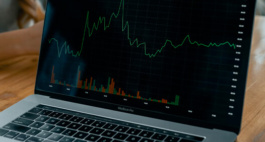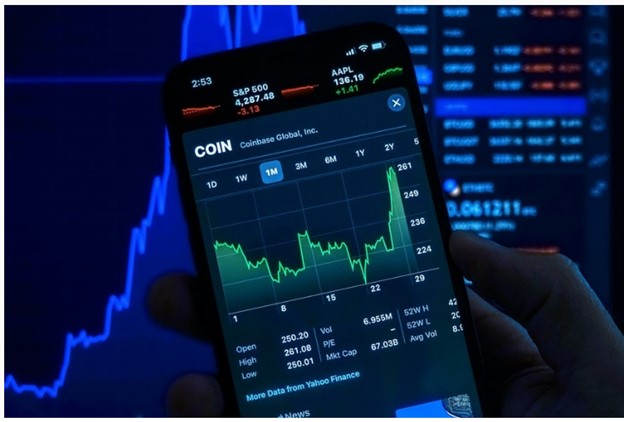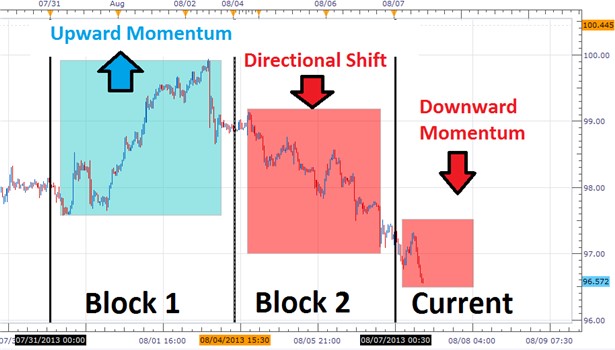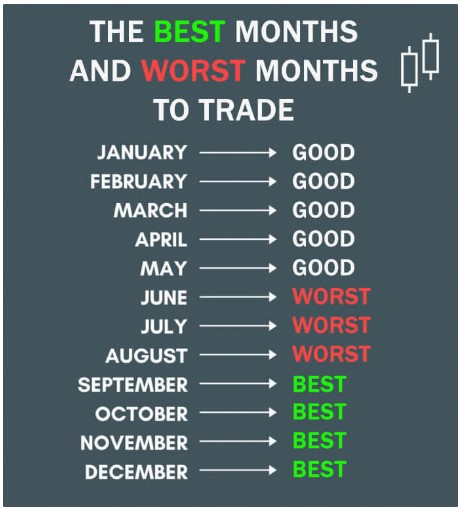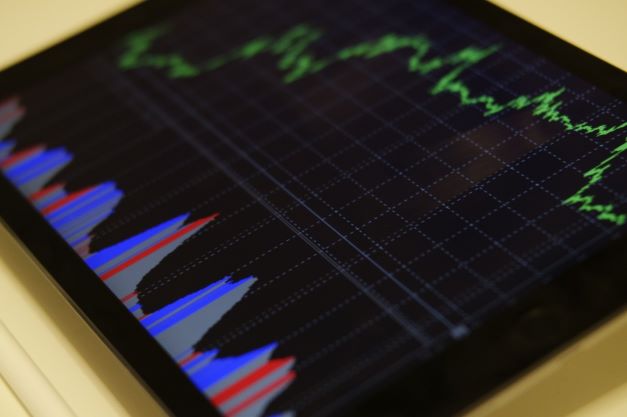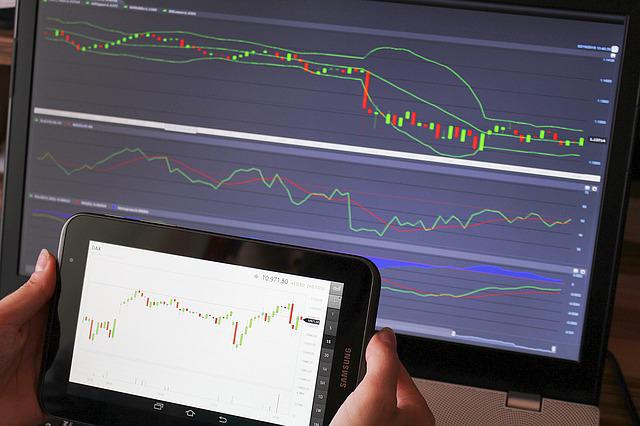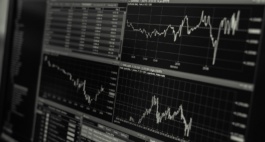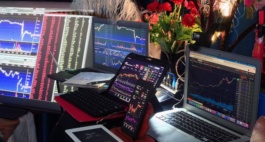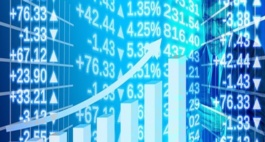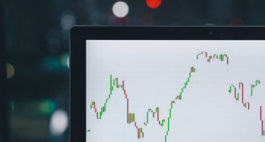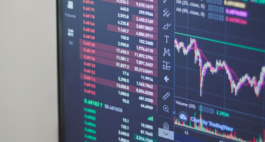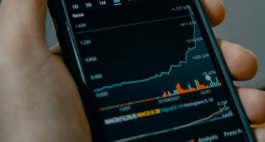The intraweek market dynamics can help you determine the best days to trade in forex. However, volatility conditions may vary throughout the year. The forex calendar is divided into three periods of volatility. Out of these three periods, only two offer the best trading conditions.
Experts insist that the first good period includes the months of
- January
- February
- March
- April
- May
In June, July and August, volatility slows down due to the summer season, making it the worst time to trade forex. The reduced trading activity during summer results from the changing habits of large market movers. Different surveys show that summer months have the least returns, especially in the London session.
Most institutions traders in America and Europe go on vacations in august, making it the worst month to trade. Traders will notice bigger and unpredictable price swings, and big market movers try to protect their portfolio, leading to:
- Long-term traders halting their operations during summer
- Resumption of trading activities during autumn
People who still trade during summer should prepare a range-based system, which is appropriate. It is essential to practice small interval trades.
The market begins to catch up again during autumn, from September to November. This period also experiences high volatility. Most businesses begin to resume their activities.
December is also a good trading month, especially in the first half of the month. However, traders notice a decrease in trading activity in the second half. The holidays also create fluctuations in the market. The market gets back after the holiday period ends.
The first few weeks in January are also slow until mid-January. The first period of the year is always open to trading.
